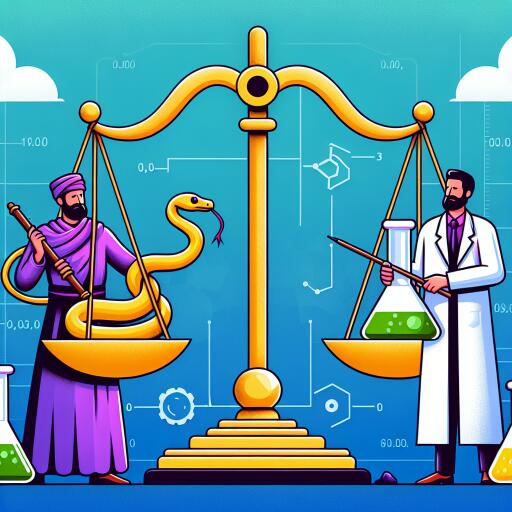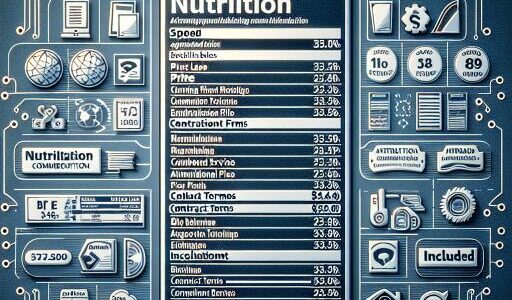Django vs. Flask: Comparing Python Web Frameworks
When choosing a web framework for Python development, Django and Flask emerge as popular options, each with its unique characteristics and advantages. Understanding their distinct features can guide developers in selecting the best framework that aligns with the requirements of their project.
Flask: A Dynamic Microframework
Flask is celebrated for its flexibility and minimalistic nature. This microframework provides developers the freedom to customize their applications by integrating various web components. It enables the blending of code routing and templating with database functionalities effortlessly. With Flask, specific URLs can be bound to particular functions, and the Jinja2 engine allows for the seamless rendering of web pages by merging templates with data.
Flask’s microframework architecture is perfect for developing fast and adaptive web applications. Its lack of dependencies ensures swift scalability and allows developers to create interchangeable modules that function independently.
Django: A Robust Full-Stack Framework
Django stands out due to its comprehensive nature and extensive set of features. It supports developers with an array of Python libraries, offering modules vital for debugging, data import and export, storage, and permissions management. Its ability to handle high web traffic makes it robust for large-scale projects, thanks to its more than 10,000 available packages.
The framework’s built-in templating engine, Django Template Language, manages static and dynamic content, enabling the creation of new web pages on the fly. Additionally, Django’s SEO attributes, like template caching and CSS/JavaScript compression, are effective in boosting page load times and search visibility.
Database and Routing Capabilities
Flask operates smoothly with a variety of databases. While it’s not equipped with a native object-relational mapping system, it supports formats such as SQLite, PostgreSQL, and MySQL to ensure broad compatibility. Leveraging the Werkzeug collection, Flask utilizes the WSGI standard to manage thousands of web requests, making it efficient in scaling web traffic and building components without tackling server internals.
Django’s configuration settings decouple from code, allowing for scalable growth as projects evolve. Developers can add or remove features to meet increased connections without affecting performance. Django’s adherence to the DRY (Don’t Repeat Yourself) principle promotes code reusability and efficient application building.
Security Features
The security measures in Django include extensive community-driven package assessments and built-in protections against threats like cross-site scripting and SQL injection. It also provides an out-of-the-box authentication framework for managing user accounts and permissions securely. In contrast, Flask relies on Flask-WTF for cross-site request forgery protection, enhancing its security landscape.
Learning Curve and Community Support
Django, while powerful, presents a steeper learning curve. Its complexity might be challenging for beginners; however, an active community offers robust support through extensive documentation, tutorials, and resources. This community-backed assistance can help bridge the gap for newcomers.
In contrast, Flask’s simplicity makes it approachable for novices. It is easier to experiment with, making it suitable for testing ideas and creating prototypes. Although Flask lacks some built-in features, its community support compensates with a wealth of up-to-date libraries and extensions, which are crucial to many developers.
With both frameworks having their distinct advantages, the choice between Django and Flask should be guided by project size, specific requirements, and developer expertise. Where Django offers a comprehensive, large-scale development environment, Flask’s flexibility and simplicity cater to smaller, modular projects. Each framework, supported by its loyal community, enables developers to create dynamic and secure web applications.
As the landscape of web development continues to evolve, staying updated on each framework’s capabilities ensures developers make informed decisions that align with their project goals and help them capitalize on each framework’s strengths.










